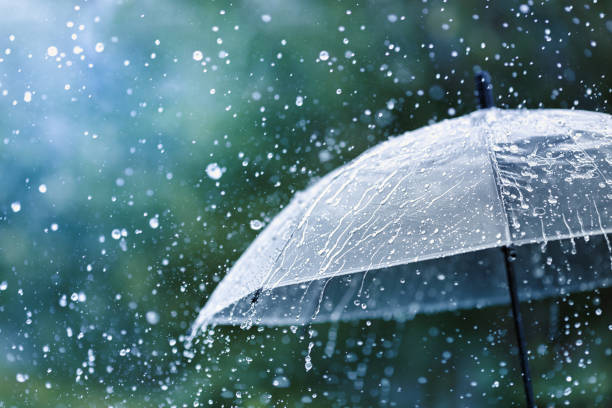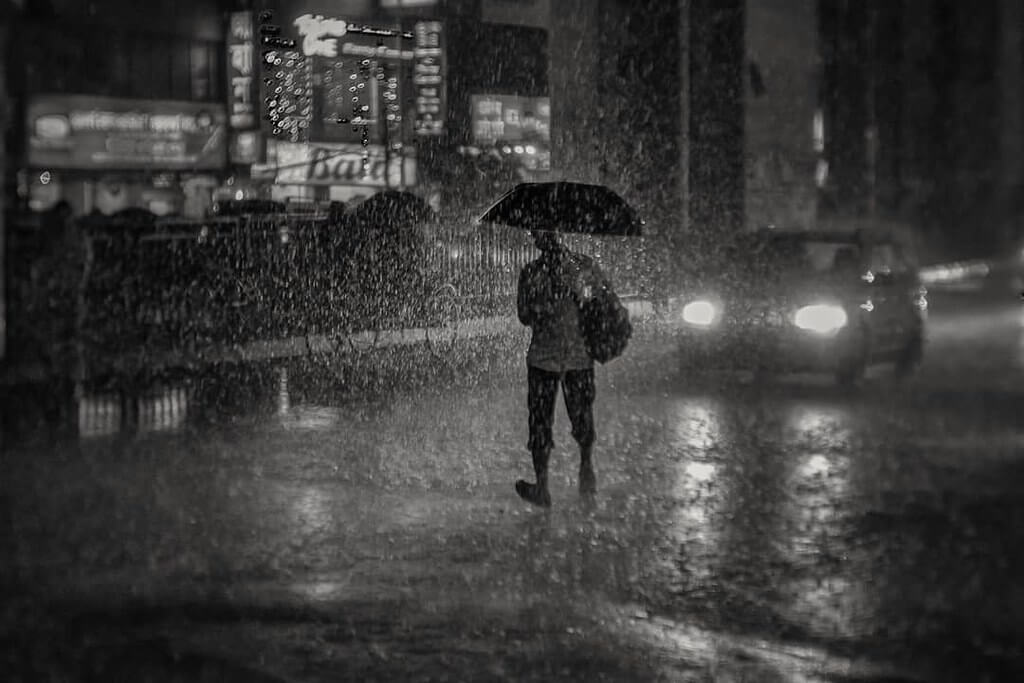Distance Converter
For photographers who are not used to taking photos in bad conditions, photographing the rain can be a challenge. Finding camera setting for rainy day can be a challenge, but it’s not impossible either. All you need to do is keep your camera dry, have umbrellas and plastic bags ready in case it rains heavily, and have some unique ideas.
If you like challenges and experiences, taking pictures in the rain is really better than taking pictures on sunny days. The best time to take dramatic, moody photos that will impress viewers more than a typical “good weather” scene is when it’s cold and stormy outside. Even when it rains, you can still get interesting landscape and portrait shots. There’s no need to avoid wet conditions even if you like commercial genres like fashion or product photography. All you have to do is grab an umbrella, enjoy the rain and start thinking creatively! Wet surfaces, reflections and water drops can all be used to create stunning scenes.
Check out the following advice on camera setting for rainy day; it will make the experience much more enjoyable.
Choose The Right Camera Setting For Rainy Day

Use Different Lighting Techniques
If you’re photographing rain during the evening or at night, pay attention to bright windows, billboards, traffic lights, car headlights, and other light sources that can enhance color and creativity. your picture. Also, it can be difficult to focus at night, so these light sources will help prevent out-of-focus photos.
White Balance
However, regarding camera setting for rainy day, you should be aware that combining different light sources can be difficult as it can be difficult to achieve the ideal white balance for such shots. When using multiple light sources, you should shoot raw and edit these photos well. Even poor white balance can have some artistic value when you’re taking creative portraits (like fashion photography).
Flashing Light
Do you want to use flash when photographing rain in a really creative way? You should rely on manual flash in this rainy day camera setting.
If you choose to use flash, you do not need to rely on additional lighting sources. However, it is recommended that you use the flash in manual mode and choose the exact intensity you desire as the presets on your flash may be too harsh for photography in the rain. If you’re just starting out with flash photography, it’s better to rely on natural light or spend some time learning how to use flash in manual mode.
Backup Curtain Sync

Furthermore, if you want to use the flash in manual mode, you can experiment with rear-curtain sync. This rainy day camera choice can be especially appealing if you choose to shoot street photography on a rainy day. The main subject is sharp created by rear-curtain sync, but light trails created by any stray ambient light are also recorded. This can lead to weird photos at night; Just add rain to them to make them even more mysterious!
Use Manual Focus Only
When photographing a scene in the rain, you definitely run the risk of having your camera choose the focal point for you. Make careful you use manual focus to prevent this frequent problem. You can then freely choose which elements of the scene you want to highlight.
How to Shoot Rain Drops: Some Tips
It can be difficult to capture raindrops with automatic focus, therefore manual focus is equally crucial in camera setting for rainy day. Most cameras in autofocus mode try to focus on distant, huge things like skyscrapers and won’t focus, for example, on droplets on a window. You can therefore decide precisely what should be in focus in your shot by utilizing manual focus. You don’t have to capture raindrops on the window because they cling to plants and other objects, making them intriguing to look at. If you have the right tools, you may also use this as an excellent opportunity to practice macro photography.
Check Low Approaches

The best approach to capturing melancholy scenes and portraits is through low-light photography.
Lots of shadows and neutral tones can help create a dramatic mood and enhance the impact of your photos. This type of photography can also be a great alternative for you if you like the feel of a movie. However, low-key photography requires special care with exposure. The camera will be forced to properly expose the highlights and underexpose the dark parts if you always choose the manual mode and expose the highlights.
Because the combination of darkness and rain often evokes feelings of melancholy, nostalgia, or longing in a photograph, shooting on a rainy day in low light can also aid in storytelling. Choose subjects suitable for low-precision rain photography, such as streets, umbrellas, people, reflections, and water.
Black And White Film Shooting Of Rain
If you appreciate street photography and want to give your rainy day shots a specific vintage feel, rain photography can look quite dramatic in black and white. Ignoring color forces you to focus on shapes, geometry, and contrast, which can be great when photographing abstract rain. In terms of camera setting for a rainy day, using color usually doesn’t offer much of an advantage. But the importance of shapes, shadows and reflections cannot be overstated. Black and white photography teaches you to use a limited number of key components to build complex compositions. In addition, it gives your image’s personality and drama.
Carefully Selected
However, choose stunning images with the best range of tones, most appealing shapes and textures before converting your rain photos to black and white. Look for reflections; They look good in black and white. The reflection in a scene can make it look much more appealing than it would otherwise be!
Conclusion
Above are tips on camera setting for rainy day. Please study carefully and create the most artistic photos under the rain. Make sure your photos will look great and be appreciated.
